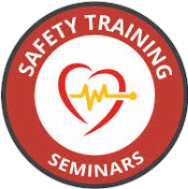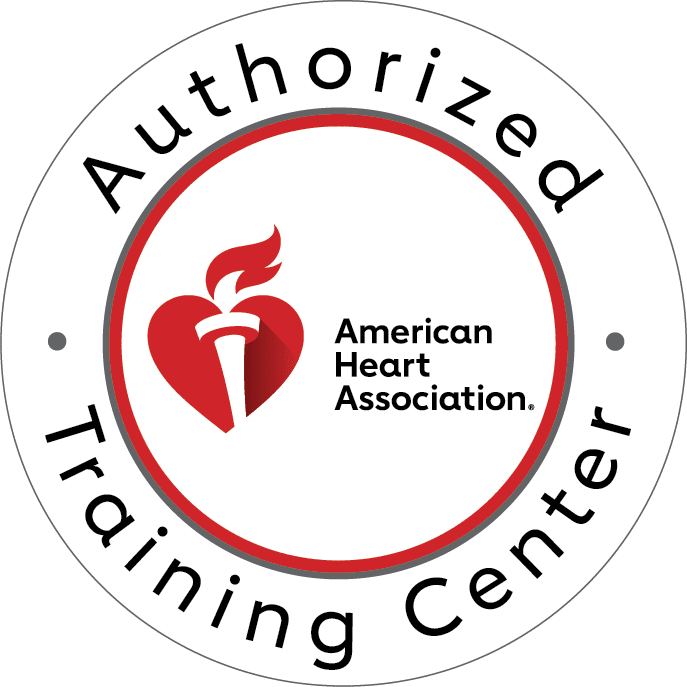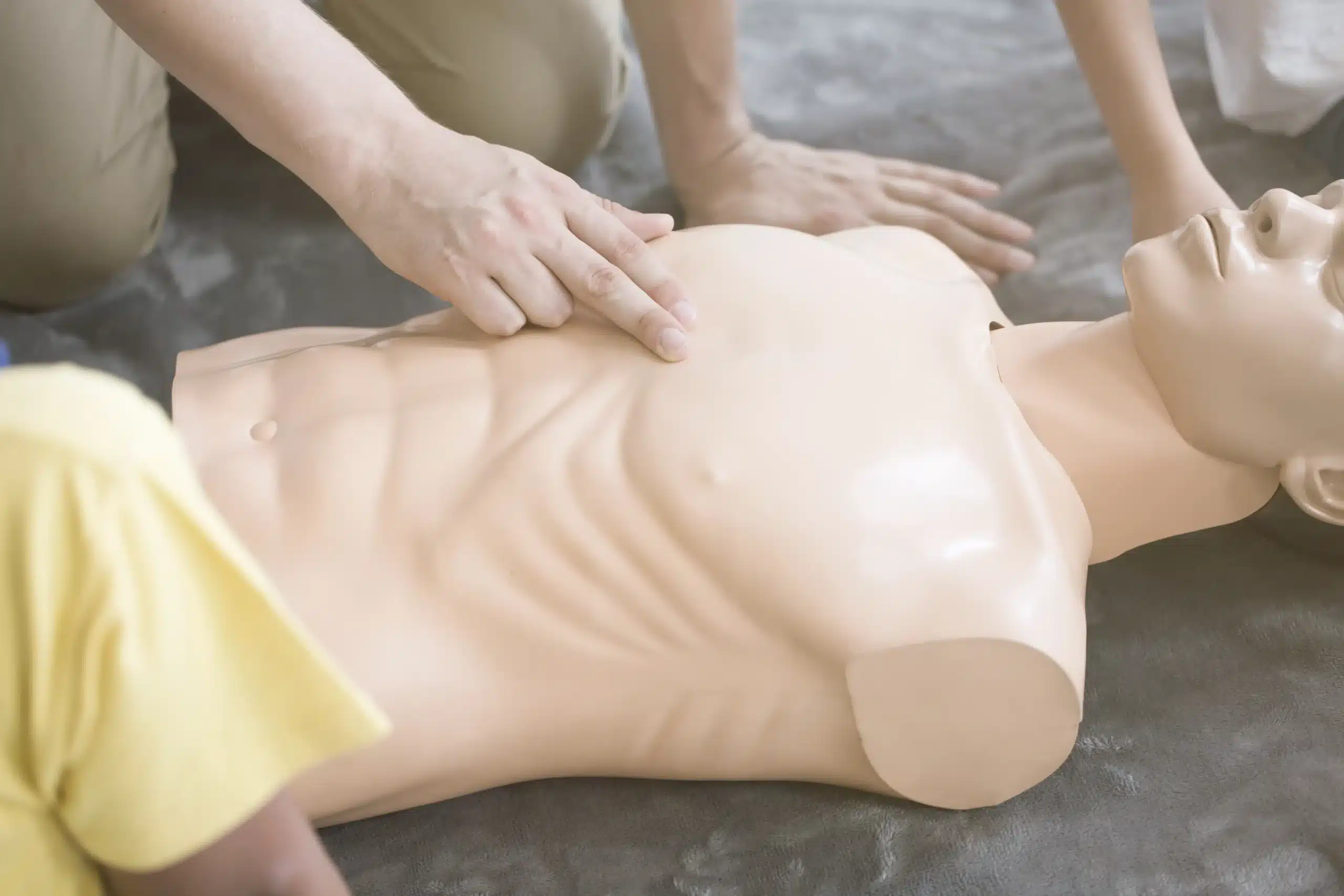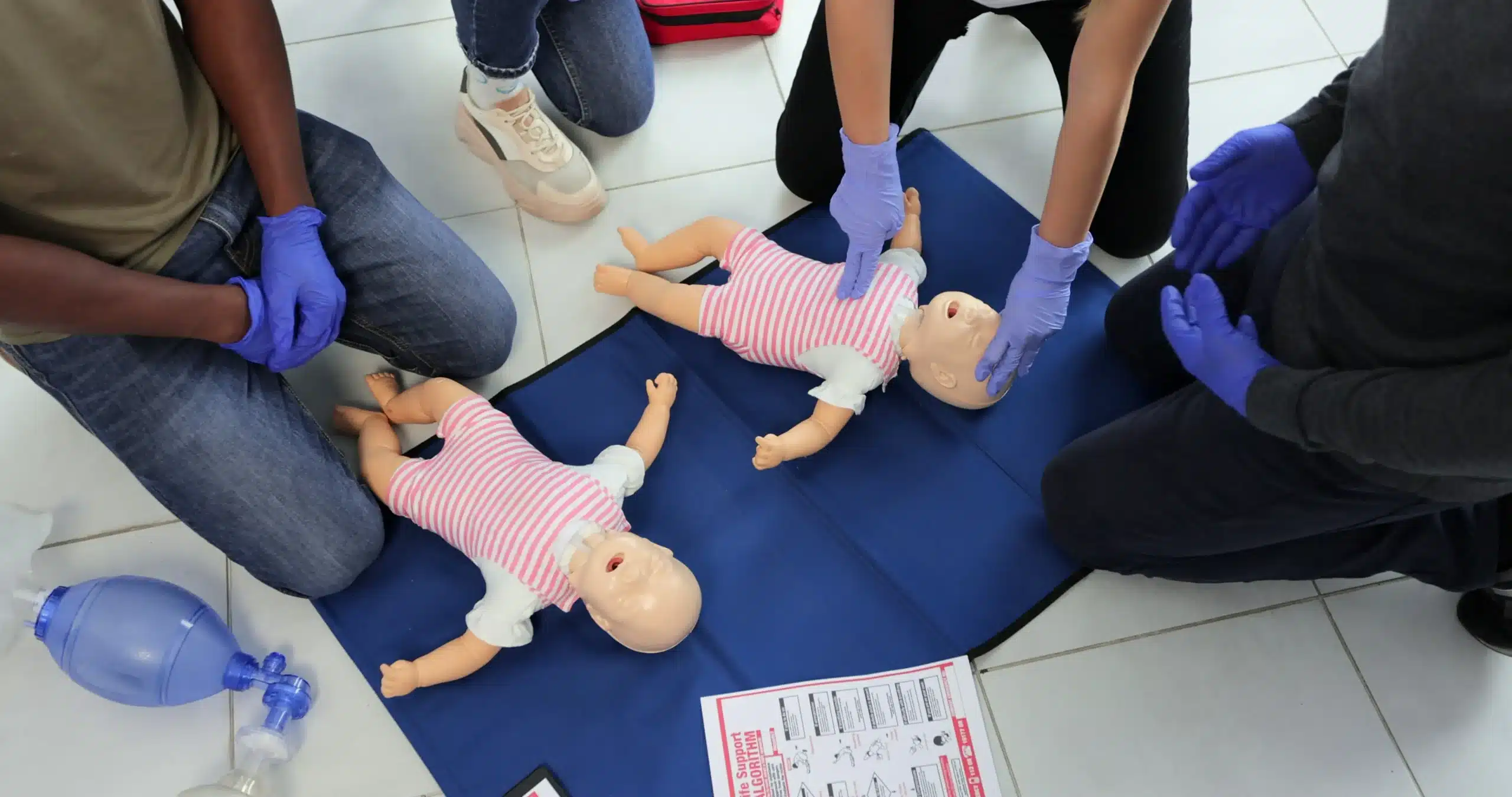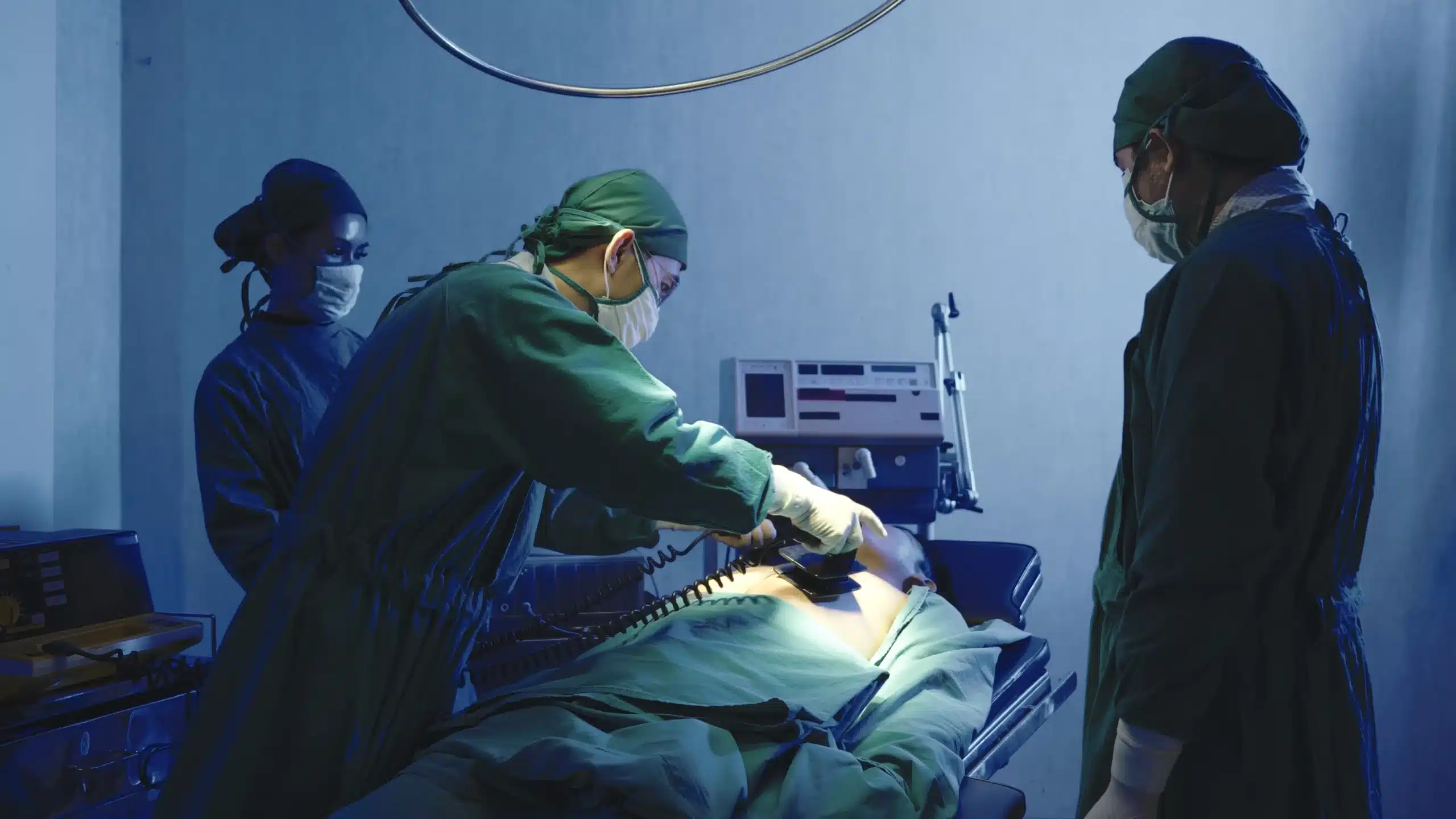Cardiac emergencies can strike anyone, anywhere, and at any time. Without immediate intervention, these moments can quickly turn fatal. Cardiopulmonary resuscitation (CPR) plays a pivotal role in these situations, acting as a bridge to life-saving advanced medical care. It’s a technique that empowers both healthcare professionals and everyday individuals to save lives by restoring blood flow and oxygen to vital organs, especially the brain.
Whether you’re a healthcare professional or a concerned bystander, understanding the importance of CPR—and knowing how to perform it—can make the difference between life and death. This blog explains what CPR is, its evolution, why it matters, and how you too can become an essential link in the chain of survival.
What Is CPR and Its Role in Healthcare?
CPR, short for Cardiopulmonary Resuscitation, is a life-saving technique used during cardiac or respiratory emergencies. Its primary goal is to maintain blood flow and oxygen delivery to the brain and other vital organs until advanced care arrives.
At its core, CPR focuses on two key components:
- Chest Compressions: Pressing on the chest at a steady rhythm to mimic the heart’s pumping action and maintain circulation.
- Rescue Breaths: Delivering air into the lungs to supply oxygen, usually when trained personnel or specific equipment is available.
CPR serves as a universal emergency response, spanning a variety of situations—from hospital operating rooms to public emergencies. It’s the universal “pause button” that gives the victim a fighting chance to survive.
The History of CPR
CPR’s origins date back centuries. Over time, this technique underwent revolutionary changes, becoming the advanced life-saving method we rely on today.
- 18th Century Beginnings: The first recorded efforts to revive drowning victims involved mouth-to-mouth resuscitation.
- 1950s Milestone: Scientific research led to modern developments like mouth-to-mouth breathing, pioneered by Drs. Elam and Safar.
- 1960s Innovation: The American Heart Association (AHA) helped formalize CPR guidelines to train healthcare workers effectively.
- 2000s Advancements: Continuous research has now refined techniques like Hands-Only CPR, introduced for untrained bystanders, emphasizing simplicity and accessibility.
Every step in this evolution has contributed to improving survival rates. CPR today is a well-researched, scientifically validated technique taught worldwide.
The Importance of CPR in Saving Lives
Cardiac arrests are a major global health threat. Did you know over 350,000 cardiac arrests occur annually in non-hospital settings in the United States alone? Staggeringly, 70% happen at home, where bystander intervention becomes critical.
Timely CPR can double or even triple survival rates. Here’s how it fits into the “Chain of Survival”:
- Recognition of Cardiac Arrest and calling for help.
- Immediate CPR to maintain blood flow.
- Rapid Defibrillation to restore normal heart rhythm.
- Advanced Emergency Care provided by professionals.
Yet, only 46% of out-of-hospital cardiac arrest victims receive CPR from bystanders. This showcases the pressing need for more awareness and training.
The Role of Healthcare Professionals in CPR
Healthcare professionals serve as the backbone of emergency response. From nurses and paramedics to doctors and hospital administrators, CPR proficiency is non-negotiable.
Here’s why CPR competency is critical:
- Rapid Response: Healthcare workers often encounter emergencies where seconds matter.
- Preventing Brain Damage: Effective CPR ensures vital oxygen flow, reducing the risk of brain hypoxia.
- Team Coordination: During emergencies, trained teams can work in sync for better outcomes.
Regular training and certifications ensure healthcare workers stay current with AHA-approved guidelines, refining their skills to handle diverse scenarios.
CPR Training and Certification
Wondering how to get CPR certified? It’s simpler than you think!
- Find a Credible Provider: Organizations like Safety Training Seminars offer AHA-recognized courses such as CPR & First Aid, Basic Life Support (BLS), Advanced Cardiac Life Support (ACLS), and Pediatric Advanced Life Support (PALS).
- Certification Timelines: Most CPR training programs take just a few hours to complete and include hands-on practice. Some certifications, like BLS, may take longer.
- Lasting Benefits: Certification not only equips you with essential skills but also builds confidence, turning fear into action during emergencies.
CPR knowledge isn’t just for healthcare workers. Everyone—from students to parents—can benefit from learning this life-saving skill.
Debunking Myths About CPR
Misconceptions about CPR often stop people from taking action. Here are some myths and the truths behind them:
- Myth: “Only trained professionals should perform CPR.”
Truth: Hands-Only CPR (chest compressions only) is easy to perform and requires no formal training. Even imperfect CPR is better than doing nothing.
- Myth: “You could hurt someone while doing CPR.”
Truth: While rib fractures can happen, they’re minor compared to saving a life.
- Myth: “CPR always works like in TV shows.”
Truth: TV often dramatizes CPR success rates, but in real life, timely intervention significantly improves survival rates.
Life-Saving Skills Are Just a Certification Away
CPR represents one of the most important skills in healthcare and public safety. Its role extends well beyond medical professionals, emphasizing the need for everyone to learn this simple yet effective technique.
If you haven’t yet, consider becoming CPR certified through Safety Training Seminars. Offerings include:
- CPR & First Aid
- Basic Life Support (BLS)
- Advanced Cardiac Life Support (ACLS)
- Pediatric Advanced Life Support (PALS)
Healthcare organizations should ensure their staff remain skilled and up to date with the latest guidelines. After all, staying prepared could save countless lives.
